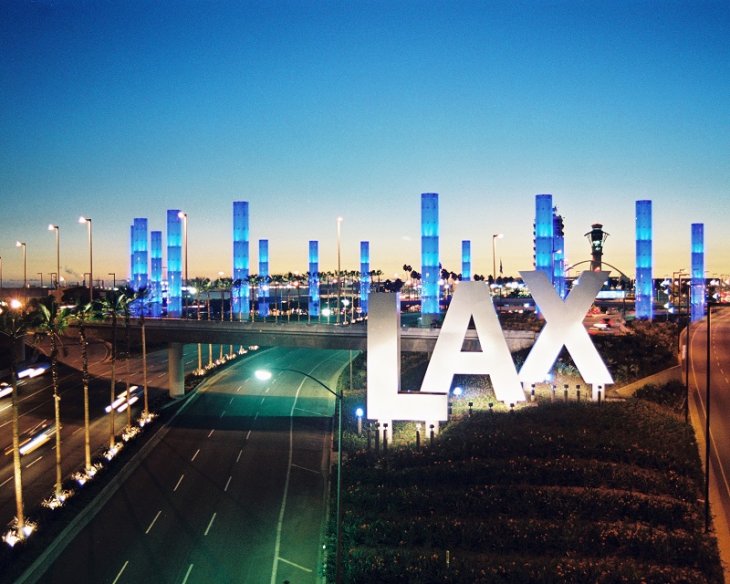By Tom Elias

President Trump might want to play ostrich about climate change and place his head in the sand near his Mar-a-Lago resort in Florida whenever the subject comes up, much the same pose he adopted toward white supremacists after their notorious rally in Charlottesville, VA.
Regardless of his pose, there can no longer be any doubt that man-made, worldwide climate change is greatly affecting California and will affect it much more in the next half century unless there’s major action.
It’s not merely the five-year drought this state endured before record rains replenished water supplies last winter. It’s not merely the run of record-level temperatures much of the state experienced last summer or the blast furnace of this month’s deadly, devastating fires in the Wine Country and elsewhere. And it’s not just the threat of low-lying coastal areas suffering repeated and perhaps permanent flooding if climate change persists.
Even more pernicious are future prospects if the warming trend continues to be worst in equatorial areas. That could drive new waves of illegal immigration as residents of Central America, Mexico and the north coast of South America look northward, where the hotter temperatures California is already experiencing would look positively balmy.
That’s when the “invasion of illegals” so often invoked by many of the far-right politicians and pundits who also deny climate change could become very real. In fact, the Pentagon reportedly long ago began war-gaming a variety of scenarios for beating back waves of immigrants attempting to storm U.S. borders when extreme heat drives them from their homelands of thousands of years.
But this kind of extreme human event isn’t likely for decades to come.
The far more immediate prospect is outlined in a new National Climate Assessment leaked to the New York Times by federal scientists who feared Trump administration climate change deniers would suppress it.
The assessment, required by law every four years, was written in part by independent academics and scientists who have since left U.S. agencies like the Environmental Protection Agency and the Interior Department as the Trump appointees now heading them accelerate efforts to subvert the intended purposes of those organizations.
Here’s what the report sees for California, which may not be as seriously affected as some other parts of the world:
Average annual temperature will rise across California by more than four degrees over 50 years if the current acceleration of greenhouse gases in the atmosphere continues. If there is no action to stabilize temperatures, they will likely increase by as much as 10 degrees here by this century’s end.
That would have major impacts on almost all areas of California life. It could reverse current trends toward increased population in inland areas where temperatures are highest and real estate prices lowest.
It would likely spur major flooding in coastal areas currently at sea level, including places like Venice Beach, Malibu and much of the Orange and San Diego county coast. That would raise the price of already high-priced housing on nearby bluffs and hilltops.
The federal report, produced by 13 agencies and approved by the National Academy of Sciences, says these trends may already be underway.
“One of the clearest signals…is that California is already a warmer place than it used to be,” Daniel Swain, a UCLA climate scientist whose work is mentioned in the study, told a reporter. “That’s not a future prediction anymore.”
But President Trump’s appointees appear determined to prevent any action. Yes, California is fighting to stick with its climate change initiatives, like a strong mandate for renewable energy sources and tough auto and industrial emissions standards. But any good that does will be overwhelmed by gases the rest of the nation might produce if Trump appointees persist in delaying or canceling limits on coal-fueled power plants and other polluters.
And there will be more drought. “It’s very clear that temperatures (here) are increasing the risk of severe drought,” said Noah Diffenbaugh, a Stanford University scientist. “During the recent drought,” he noted, the state had its warmest years ever, with its warmest winters and its lowest recorded snowpack. “These are all linked with high temperatures.”
So it’s not merely at his own peril that Trump ignores the danger – yes, Mar-a-lago could become a flooding victim. But the consequences also figure to damage many other parts of the nation Trump now leads. As he might say, “sad.”






















